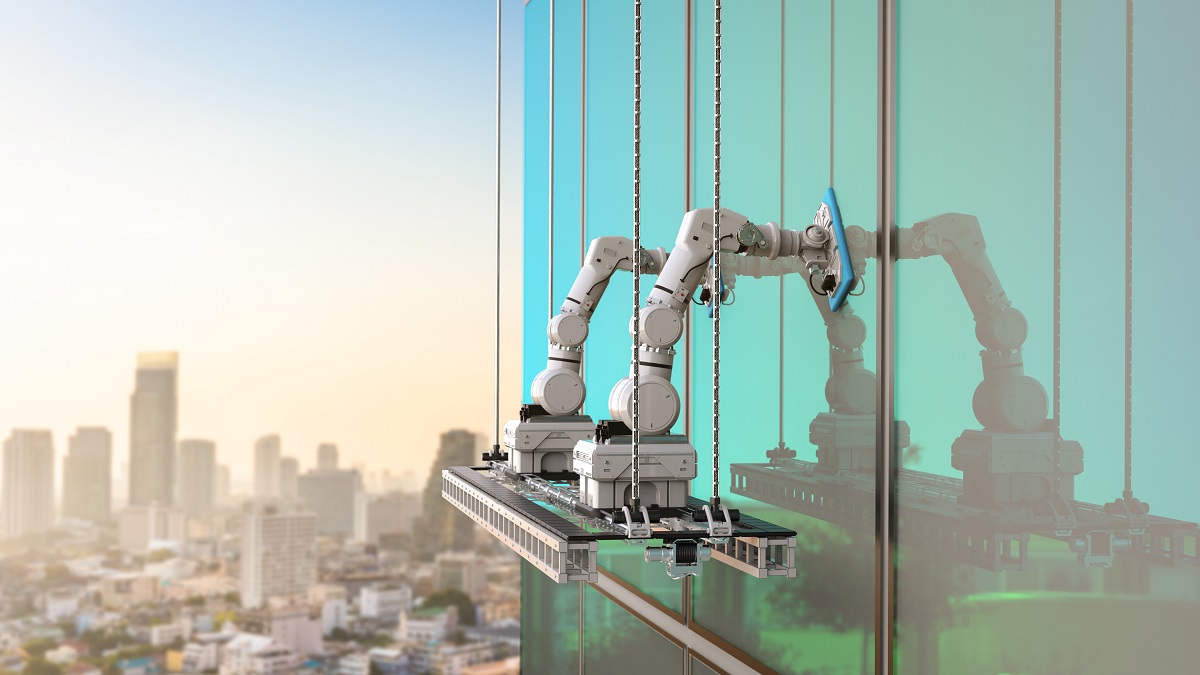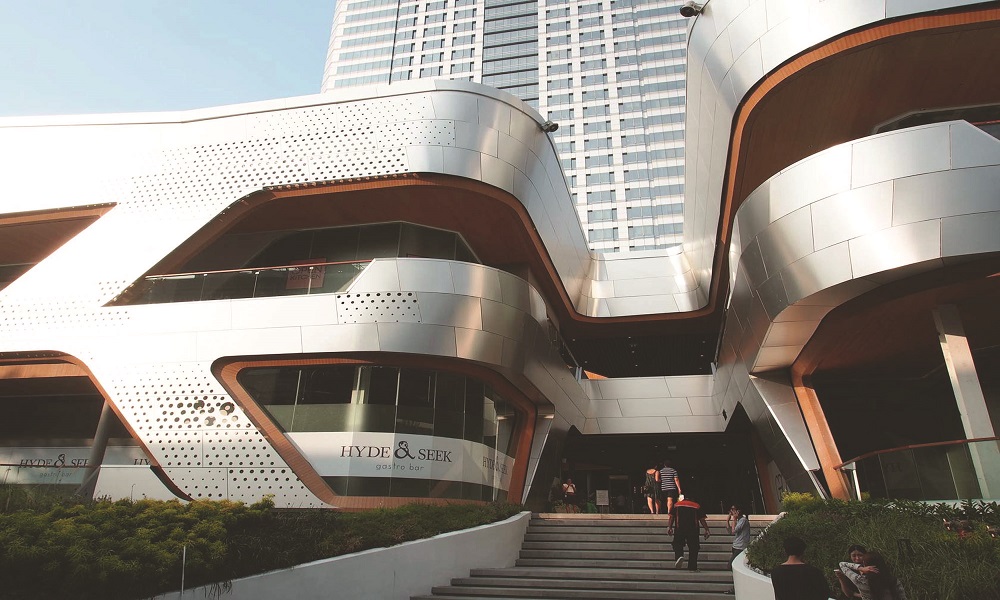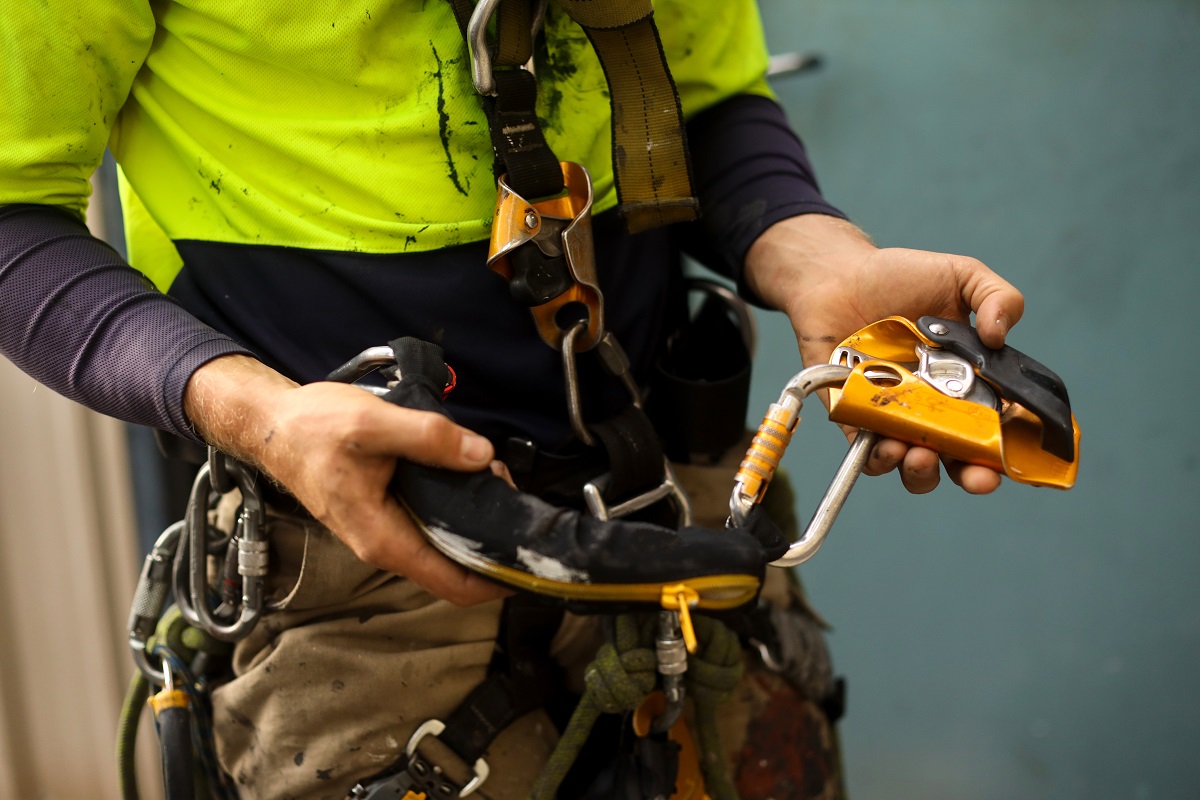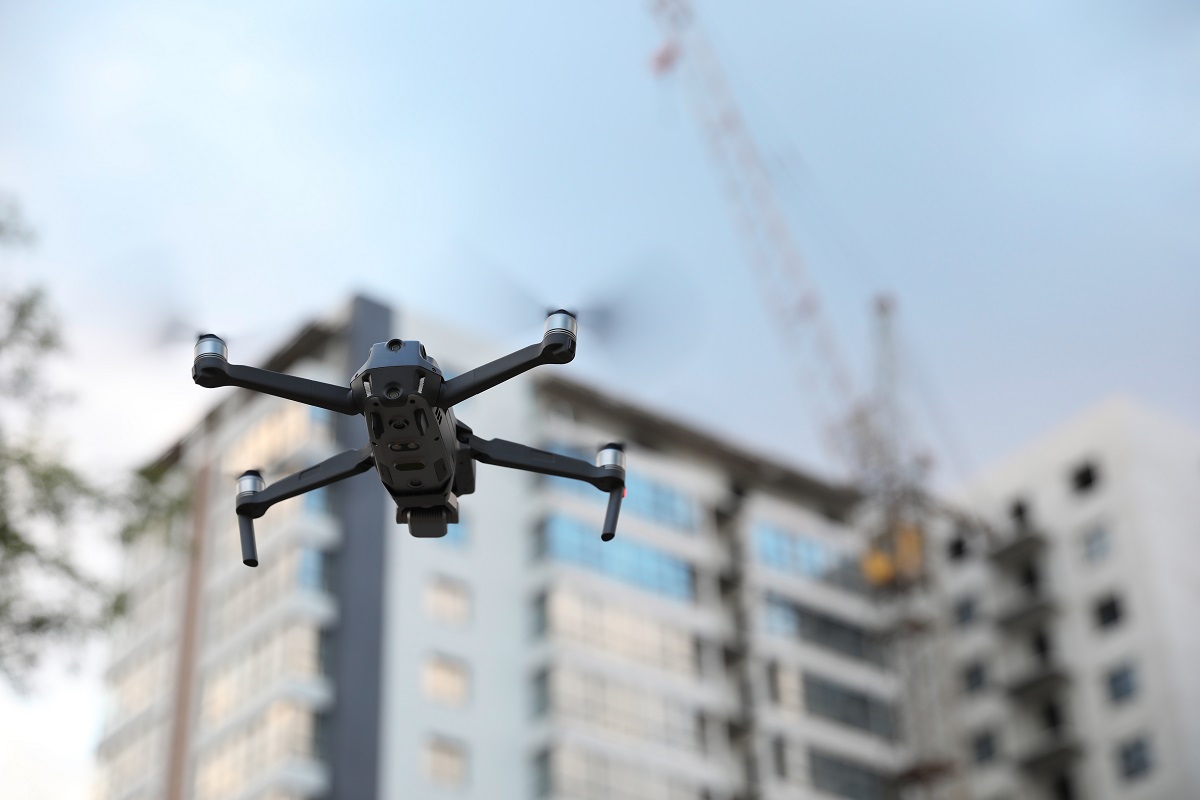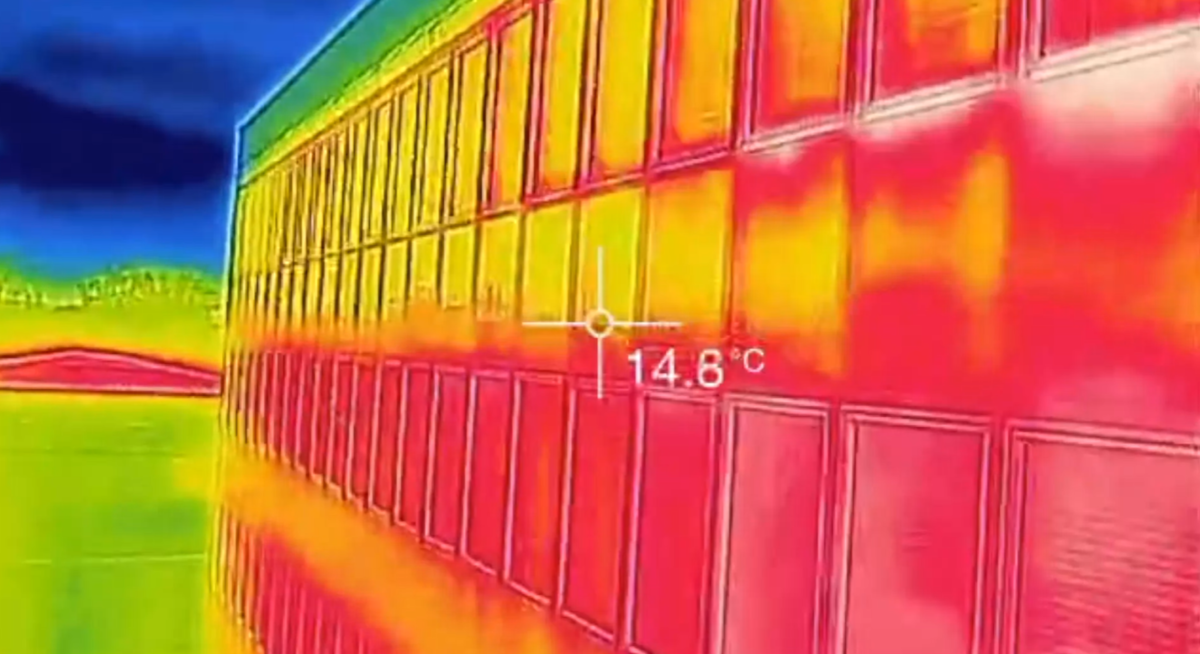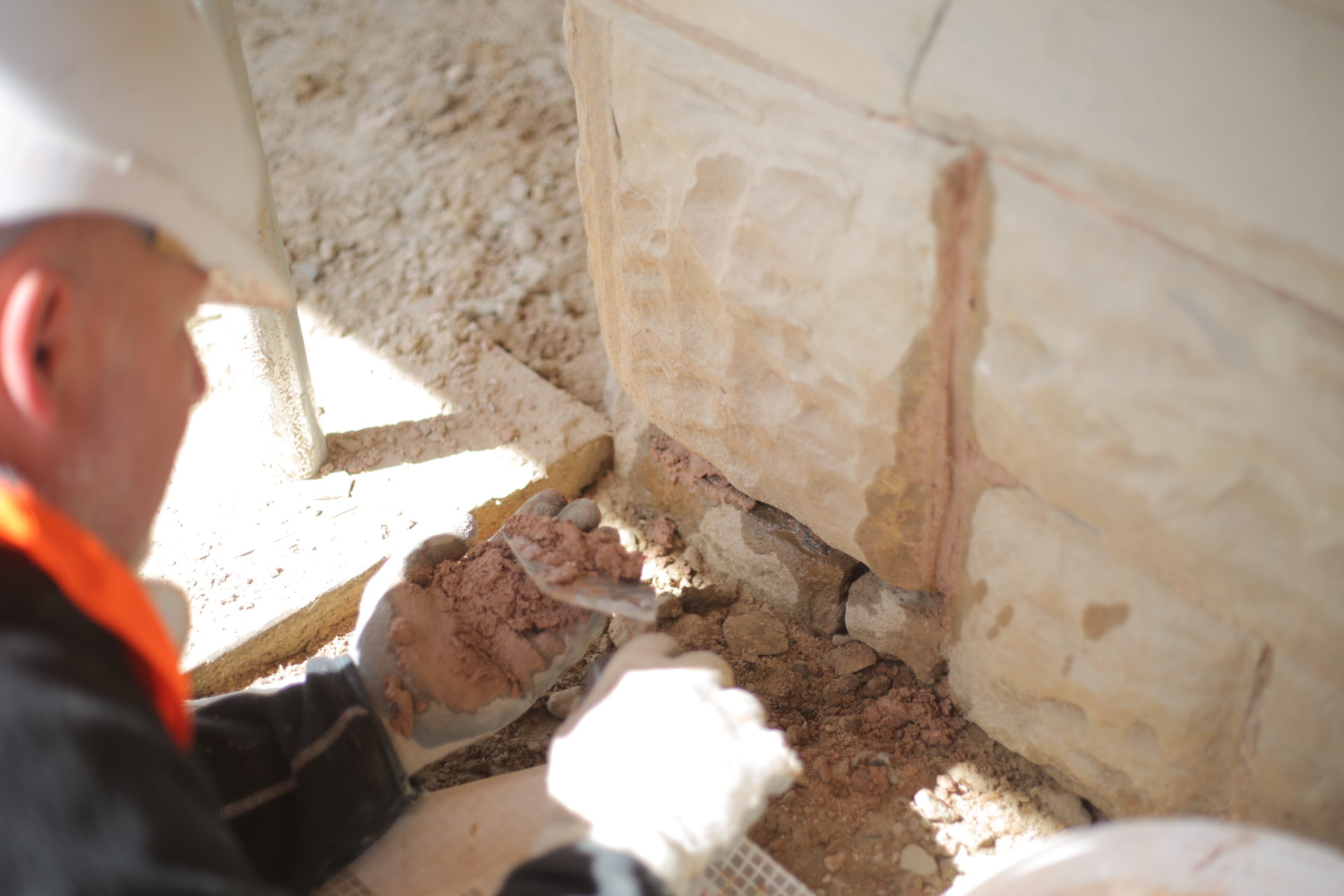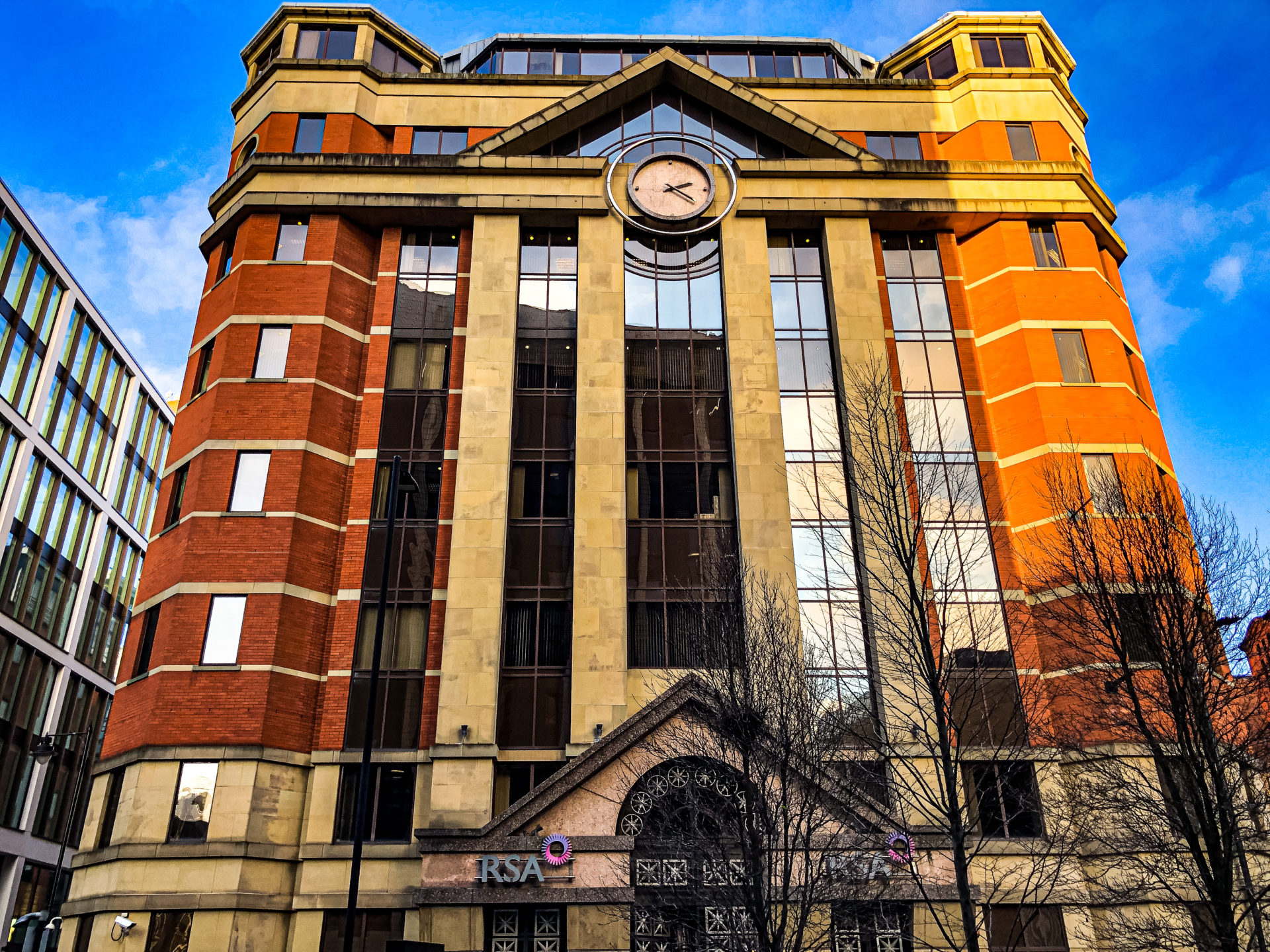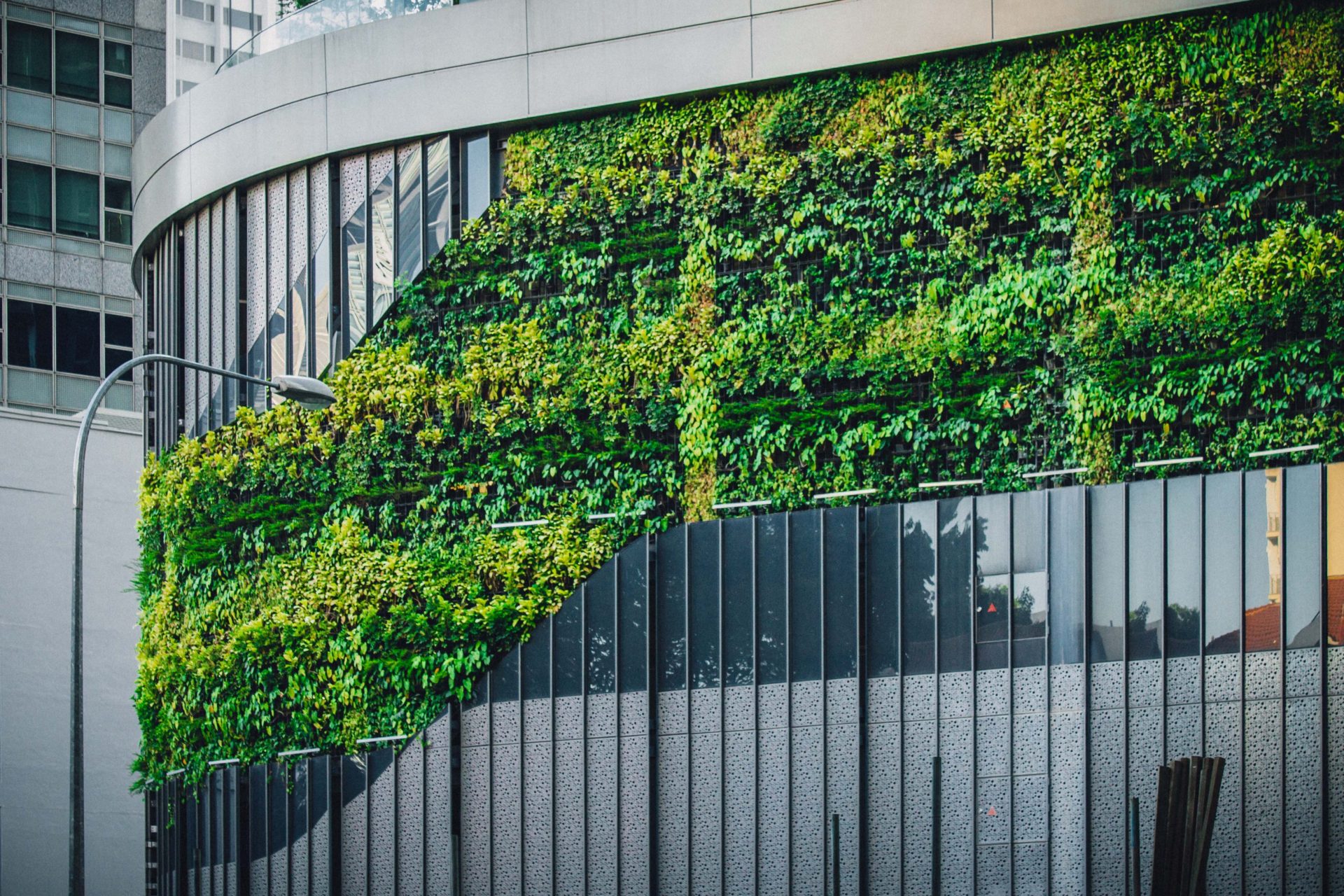Like all industries, the cleaning and building restoration sector has undergone many changes since it was first commercially developed more than a century ago.
This was in answer to those seemingly impossibly high 40-level skyscrapers that started appearing in some of the world’s biggest cities, such as London and New York. All that glass – all those restorative cleaning methods that were necessary to keep those dizzyingly high office and apartment buildings looking good as new.
Past restorative cleaning methods
The reason new cleaning methods needed to be deployed was to make cleaning at height much safer than simply going out and standing unanchored on a ledge. One slip and that poor man plummeted.
So, in a desperate effort to cut back on the number of deaths – and no doubt attract staff to the profession in the first place – new cleaning methods such as anchor bolts and leather safety belts were introduced. There was still the matter of having to ‘exit the building’ but at least you were tied on at this point should you inadvertently slip. At the time this was regarded as
innovative building restoration.
Current restorative cleaning methods
Skyscrapers evolved, with glass becoming more and more prevalent. And it wasn’t just about windows – floor to ceiling glass panelling became commonplace. Everyone wanted a view. But with the ability to see further and easier, extensive cleaning requirements grew, together with the need for more innovative building restoration in general. To the extent that it was no longer practical to have a cleaner hanging out of a window ledge. Cleaning methods now had to be conducted externally.
At the same time, those skyscrapers grew taller – up to 80 floors isn’t unusual for a city building these days. You only have to consider the fact that London’s Shard building has more than 11,000 glass panels, to realise how arduous and time-consuming a task cleaning a contemporary skyscraper can be. In fact, cleaning just one side of this building takes six rope access workers an entire week to complete.
Hence the adoption of cleaners familiar with rope access work. The Bosun’s chair is a system where the cleaner lowers himself on a seat using a controlled rope abseiling system. Suspended platforms in the form of a gondola are also common. Then there are platforms which rise from the ground up. Cherry pickers allow employing a cleaning method where an individual has access to a building’s facade while having a stable footing (the platform is anchored to the ground even if the individual isn’t).
Future restorative cleaning methods
So, what will tomorrow’s window cleaners and façade restoration workers look like? Does innovative building restoration involve Artificial Intelligence (AI)? Computerised bots have transformed many industries, but whether it can introduce a robot to take the place of a man (or woman, for that matter) remains to be seen. Certainly, a robot wouldn’t have any qualms with height, nor would it ever tire. But, could it be trusted to clean as thoroughly or delicately when necessary? Could tomorrow’s cleaner actually be a computer operative – standing on the ground or inside and directing the robot to certain areas of the façade?
Get in touch
Here at Building Transformation we employ a variety of
innovative building restoration methods. From abseiling and various rope access techniques to employing cradles and MEWPs. To find out how we can clean or restore your building call us today on 01234 589807. Or, send us an email via info@buildingtransformation.co.uk

